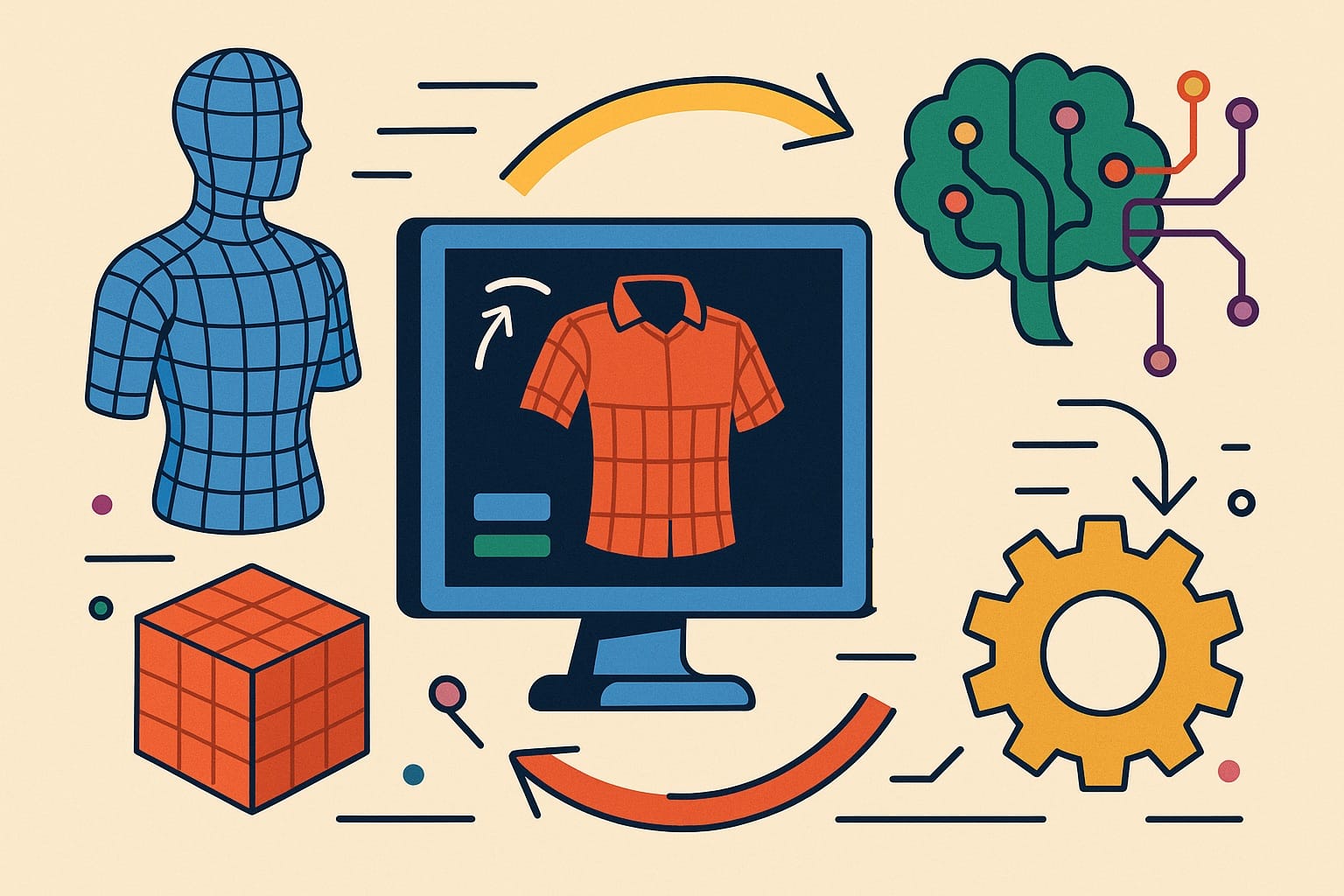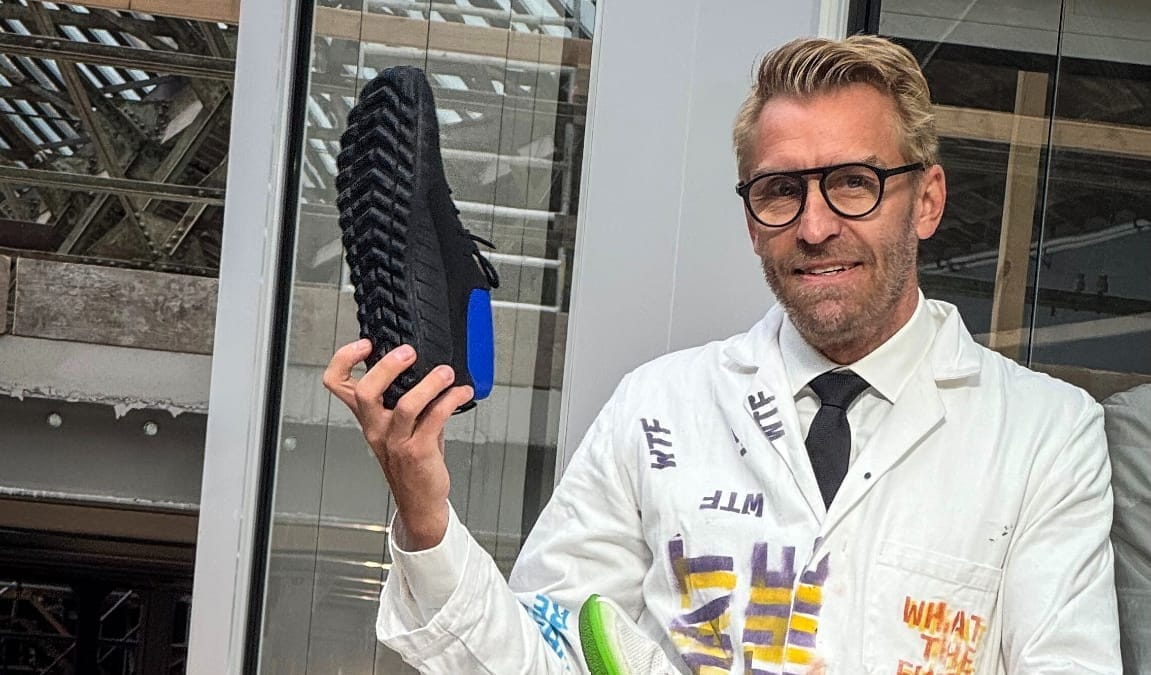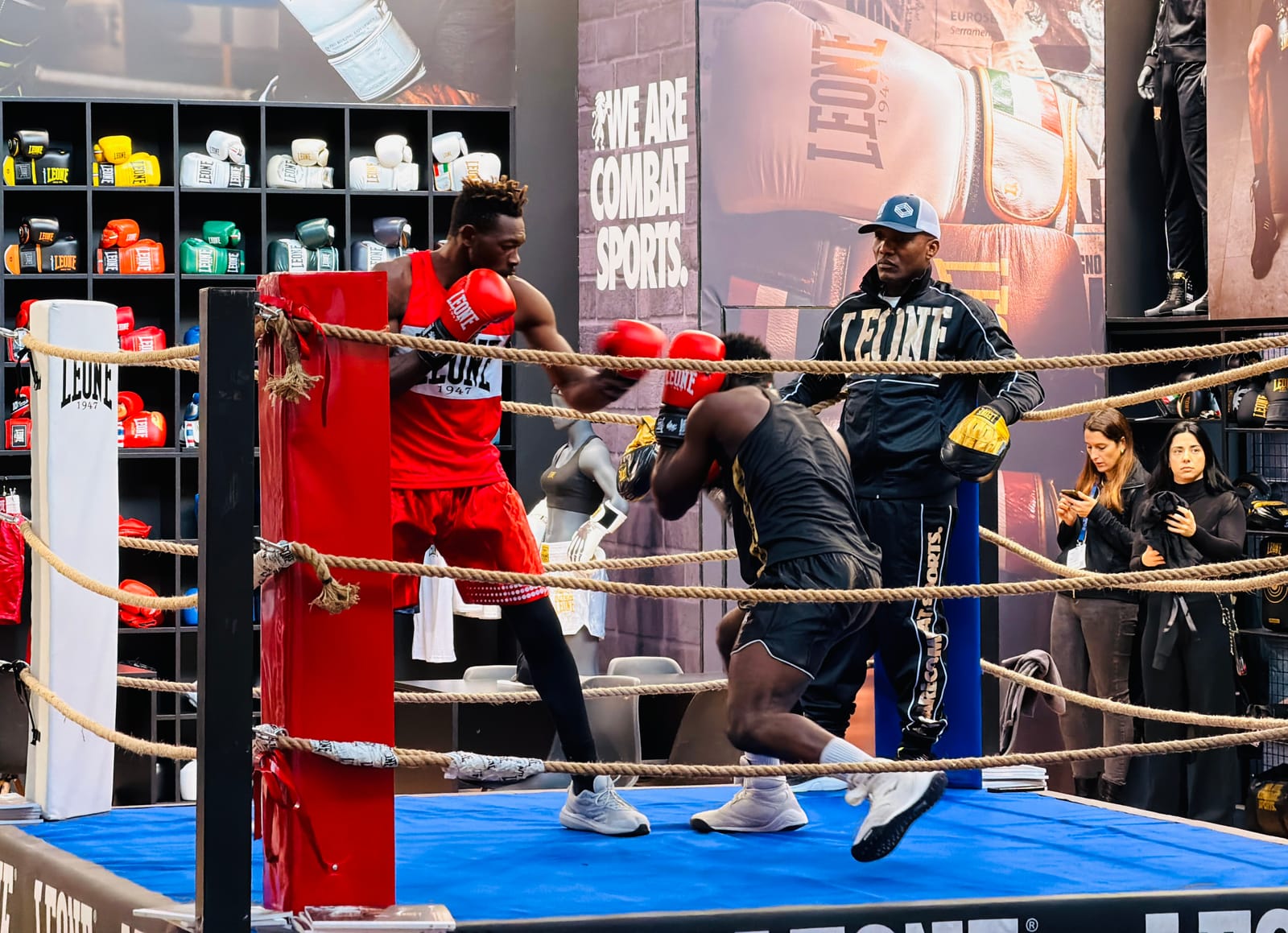Two winners, two breakthroughs: FIT and PixaScale took top honors in the 2025 3DRC Grand Challenge. From solving fit to automating workflows, they reveal where 3D + AI can unlock true potential.
This year marked the 7th edition of the 3DRC Grand Challenge, returning with another bold theme: harnessing the power of 3D and data-driven AI to transform product development. Participants were invited to push the boundaries of innovation and reimagine how retailers and brands discover, design, make, and/or sell. The question posed was simple yet ambitious: how can 3D and AI work together to reshape the product lifecycle?
After rigorous judging by an industry-wide panel, two winners emerged. The Academic award went to Assistant Professor Leigh Lavange from the Fashion Institute of Technology for a rules-driven, avatar-based approach to automated custom sizing. The Start-Up prize was awarded to Kristian Sons, Founder & CEO of PixaScale, for deploying AI agents to automate the repetitive tasks that slow 3D workflows.
Watch the full share-out below, and scroll for the highlights and hard-hitting takeaways.
Academic Winner: Cracking the Code on Fit - FIT x Leigh Lavange
Lavange tackles the industry’s chronic fit + returns problem by replacing blunt mass grading with a body-scan-to-pattern pipeline. The system compares a shopper’s scan to a brand’s base avatar, calculates measurement deltas, and applies rules-based edits at critical fit points so patterns preserve designer intent while fitting real bodies.
The goal: custom fit at scale, and in turn fewer returns, less inventory risk, and a clear path to on-demand production.
Key Takeaways
1. Kill the grade; start from the body.
Mass grading assumes bodies scale proportionally…they don’t. Lavange’s model begins with the customer’s body scan, computes deltas against a brand’s base avatar, and applies targeted pattern edits at critical fit points – not blunt, one-inch size steps.
Our bodies are not growing proportionately. How can we expect a standard one-inch grade up and down the size scale to reflect our consumer?
2. Make fitting rules explicit and teach them to the system.
Patternmaking “know-how” often lives in experts’ heads. Lavange codifies it into hierarchies and rules (fabric type, stretch, componentry, intended ease/pressure) so software can repeat decisions consistently. Example: a stretch knit dress with a larger bust delta may require minimal change if fabric recovery offsets pressure.
3. Personalization without chaos.
Once the pipeline can edit patterns from body deltas, style variants (length options, sleeve types, collar shapes, logos) become configurable “toppings,” not separate tech packs. The result: mass customization that preserves designer intent and silhouette integrity.
4. Returns and inventory drop when fit goes first.
Seeing the garment on their avatar pre-purchase plus on-demand production reduces mis-orders, dead stock, and landfill. For brands not yet ready for full on-demand, the short-term route is a “best-fit size” recommender using the same scan data.
5. Calendars compress; agility increases.
Shorter development loops and on-demand capacity let brands respond to demand spikes without sitting on thousands of units.
When we work in silos, we make a very small drop in a pond. When we work collaboratively, we can make a big splash.
6. Supply chain and ecommerce must evolve too.
True custom sizing doesn’t work in isolation. It depends on on-demand manufacturing systems and customer-facing ecommerce tools that can deliver what shoppers see on their avatar. Virtual try-on only builds trust if the garment produced actually matches the fit shown.
Start-Up Winner: Agents for the Everyday Grind - PixaScale x Kristian Sons
Sons addresses 3D workflow fatigue – the carry-overs, recolors, takedowns, and graphics placements that eat time but add little creativity – by introducing AI agents that can plan tasks and act across PLM, asset libraries, and 3D tools. Instead of manual clicks, teams issue natural-language prompts (e.g., “Create a Dusty Blue colorway”) and the agent fetches files, applies policies, executes changes, and returns review-ready results. The aim: free humans for design, let agents handle the repetitive 70%.
Key Takeaways
1. AI agents are the missing layer between rules and reality.
Think beyond GenAI imagery. PixaScale deploys AI agents that can plan tasks and take actions across your stack (PLM, asset libraries, 3D tools). Instead of “render me a mockup,” you ask: “Create a new colorway in Dusty Blue,” and the agent:
- Finds the right style files and components
- Checks seasonal palettes, proposes closest matches if needed
- Applies recolors (including seams per policy)
- Packages results for review and with version context.
2. Automate the unglamorous 70%.
Carry-overs, takedowns, graphics-on-standards, and simple recolors are administrative heavy in 3D. Agents turn them into one- or two-sentence prompts, freeing designers for high-leverage creative work.
3. Policies in plain language; no dev ticket required.
Business rules (e.g., “use seasonal palettes; if not available, suggest nearest three,” or “default seams to tone-on-tone unless contrast is specified”) are written in natural language, enforced by agents, and consistently applied.
4. Data readiness is destiny.
Agents excel only if assets are organized and systems are connected. Clean libraries, component taxonomies, and accessible PLM data are the foundations. Version control and collaborative traceability (who changed what, when, and why) must be built-in to avoid chaos.
You need to answer ‘why’ first—and do the homework so agents can actually find and use your data.
5. Collaboration reimagined.
Today’s 3D tools weren’t built for multi-user collaboration, making version control chaotic and slowing teams down. AI agents, combined with structured libraries and transparent traceability, open the door to a new era of collaborative product creation where everyone knows who changed what, when, and why.
6. From digital product creation to digital content supply chain.
PixaScale’s broader vision: create product-correct 3D once, then scale on-brand content (product images, story visuals) across channels, and in parallel with product development.
Why These Matter
Both projects attack the same industry pain from different angles: FIT proves custom fit can be automated, unlocking on-demand production and reducing returns; PixaScale clears the back-end grunt work, bringing scale and collaboration into everyday 3D workflows. Together, they show how 3D + AI can shift from shiny pilots to end-to-end adoption.
The bigger message? 3D + AI isn’t just about sharper renders or faster iteration. It’s about rethinking how products are designed, made, and sold – and who gets to collaborate in that process.
For an industry that’s lingered in “pilot mode” for too long, the next leap forward will come from solving the unglamorous bottlenecks and connecting design decisions to real manufacturing and retail systems that turn promise into practice.
Call to Action: Pilot. Trial. Collaborate.
Whether you’re a brand, a tech partner, or an educator, both winners are calling for the same thing: stop circling in pilots and start testing in the real world. Reach out, challenge the ideas, or add your own.
The future of 3D + AI is a team sport.
Have thoughts or critical takes? We want them. Drop us a line and help shape the next chapter of 3D + AI in fashion.






